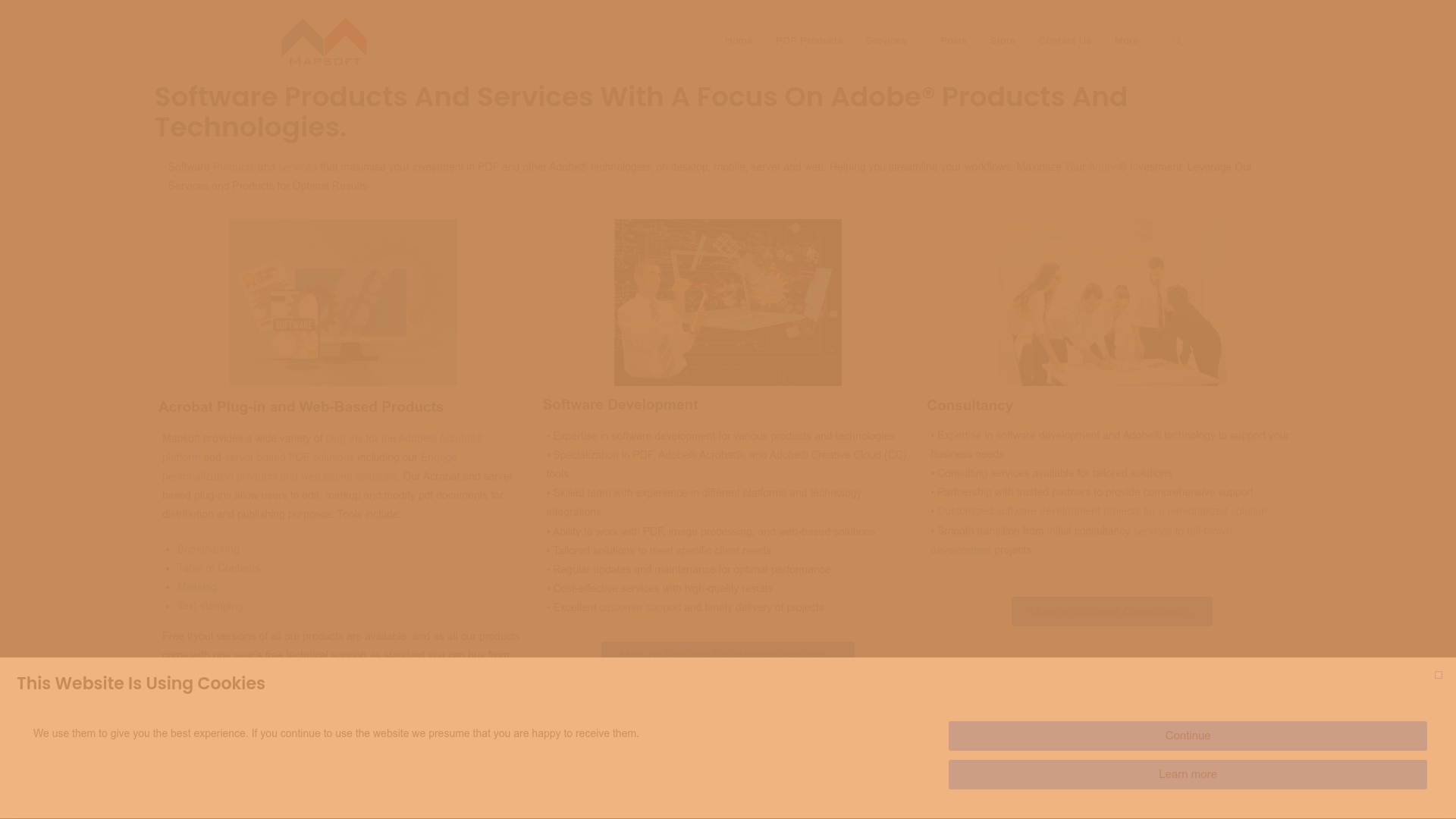Did you know that over 60 percent of data breaches involve the accidental or intentional sharing of confidential information? Sensitive business data like trade secrets, financial reports, and customer records can make or break a company’s future. Protecting these assets takes more than policy documents or technology. Practical strategies help organizations keep private information safe from evolving threats, legal risks, and costly mistakes.
Key Takeaways
| Point | Details |
|---|---|
| Understanding Confidential Information | Organizations must identify and safeguard sensitive data, including trade secrets, customer information, and financial records, to protect competitive advantage. |
| Secure Management Practices | Integrating access control, encryption, and audit tracking into workflows is essential for protecting confidential information effectively. |
| Legal Compliance | Adhering to data privacy regulations and industry-specific mandates is critical to avoid repercussions from unauthorized disclosure of confidential information. |
| Comprehensive Risk Strategies | Organizations should implement multilayered prevention strategies addressing both technological vulnerabilities and human behavior to mitigate risks of data breaches. |
Table of Contents
- Defining Confidential Information And Key Concepts
- Common Types Of Confidential Information In Enterprises
- Secure Management Practices And Workflow Integration
- Legal Requirements And Compliance Obligations
- Risks, Breaches, And Practical Prevention Strategies
Defining Confidential Information and Key Concepts
Confidential information is the lifeblood of modern business strategy – a delicate ecosystem of sensitive data that requires careful protection. Confidential information encompasses any non-public data shared between parties that must remain private, including trade secrets, strategic business plans, customer databases, financial records, and proprietary intellectual property.
According to CoBrief Legal Resources, confidential information represents data whose unauthorized disclosure could potentially cause significant harm to the involved parties. The types of information typically classified as confidential include:
- Financial performance metrics
- Customer contact lists
- Product development roadmaps
- Unreleased marketing strategies
- Proprietary technological innovations
- Internal organizational structures
Understanding the nuanced landscape of confidential information requires recognizing its multifaceted nature. While legal definitions provide a framework, practical application demands a comprehensive approach that considers context, potential impact, and the specific sensitivities of different data types. Organizations must develop robust protocols that not only identify what constitutes confidential information but also establish clear mechanisms for its protection, tracking, and controlled dissemination.
Common Types of Confidential Information in Enterprises
Enterprise confidential information represents a critical asset that organizations must meticulously protect and manage. These sensitive data types span multiple domains, each carrying unique risks and requiring specialized handling protocols. From financial records to strategic blueprints, confidential information forms the invisible infrastructure that supports an organization’s competitive advantage.
The most prevalent categories of confidential information include:
Here’s a comparison of common types of confidential information in enterprises:
| Category | Typical Examples | Key Risks |
|---|---|---|
| Financial Data | Revenue projections Budgets Reports |
Fraud Theft Leakage |
| Strategic Documents | Expansion plans M&A strategies Roadmaps |
Competitive loss Sabotage |
| Customer Information | Contact lists Purchase histories Records |
Identity theft GDPR fines |
| Intellectual Property | Patents Source code Algorithms |
Imitation Loss of edge |
| Technical/Operational | Process docs System blueprints Protocols |
Hacking Disruption |
- Financial Data: Detailed revenue projections, profit margins, budgets, investment strategies, and unreleased financial reports
- Strategic Documents: Business expansion plans, merger and acquisition strategies, product development roadmaps
- Customer Information: Personal identifiable data, purchasing histories, contact databases, client communication records
- Intellectual Property: Patent designs, research findings, proprietary algorithms, software source code, technological innovations
Technical and operational confidential information represents another crucial category that demands rigorous protection. These include internal process documentation, system architecture blueprints, network infrastructure details, cybersecurity protocols, and specialized operational workflows that differentiate an organization from its competitors. Such information, if compromised, could potentially expose critical vulnerabilities or provide competitors with strategic insights into an organization’s operational capabilities.

For enterprise software and technology professionals, understanding the nuanced landscape of confidential information is not just a compliance requirement but a strategic imperative. Effective information classification, secure storage, controlled access, and comprehensive tracking mechanisms are essential to maintaining the integrity and competitive edge of modern digital enterprises.
Secure Management Practices and Workflow Integration
Secure information management transforms confidential data protection from a theoretical concept into a practical, actionable strategy. Modern enterprises require comprehensive approaches that seamlessly integrate security protocols directly into existing workflow architectures, creating robust defenses without disrupting operational efficiency.
Key practices for secure workflow integration include:
- Access Control Mechanisms: Implementing granular user permissions
- Encryption Protocols: Protecting data at rest and in transit
- Audit Trail Tracking: Monitoring and documenting information access
- Multi-Factor Authentication: Verifying user identities through multiple validation points
Technological solutions play a critical role in secure workflow integration. Digital rights management systems, advanced permission frameworks, and automated tracking tools enable organizations to create dynamic security environments that adapt to changing operational needs. Learn more about secure document sharing strategies that can help streamline your confidential information management.
Effective secure management requires a holistic approach that balances technological solutions with human factors. Organizations must develop comprehensive training programs, establish clear communication protocols, and create a culture of information security awareness. This means transforming security from a technical requirement into an organizational mindset where every team member understands their role in protecting sensitive information.
Legal Requirements and Compliance Obligations
Compliance frameworks represent the critical legal foundation that governs how organizations manage and protect confidential information. These complex regulatory landscapes require businesses to navigate intricate legal requirements that vary significantly across different industries, jurisdictions, and operational contexts.
Key legal compliance areas for confidential information management include:
- Data Privacy Regulations: Comprehensive rules governing personal information protection
- Industry-Specific Mandates: Sector-specific guidelines like HIPAA for healthcare, PCI DSS for financial services
- International Data Transfer Standards: Cross-border information sharing protocols
- Breach Notification Requirements: Legal obligations for reporting unauthorized information exposures
The complexity of legal compliance demands a proactive and systematic approach. Organizations must develop robust internal mechanisms that not only meet current regulatory standards but also remain adaptable to evolving legal landscapes. This involves creating flexible documentation processes, implementing comprehensive audit trails, and establishing clear protocols for information handling that can withstand potential legal scrutiny.
Effective legal compliance is more than a checklist exercise. It requires a deep understanding of the potential consequences of non-compliance, which can include substantial financial penalties, reputational damage, and potential legal action. Enterprises must invest in continuous legal education, regular compliance audits, and sophisticated technological solutions that enable real-time monitoring and adherence to complex regulatory requirements.
Risks, Breaches, and Practical Prevention Strategies
Confidential information faces a complex landscape of potential risks, ranging from inadvertent internal mishandling to sophisticated external cyber threats. According to research on insider threats from Arxiv, organizations must develop comprehensive strategies that address both technological vulnerabilities and human behavioral factors.
Primary risk categories include:
![]()
- Insider Threats: Unauthorized data access by current or former employees
- Technological Vulnerabilities: Cybersecurity gaps and system exploits
- Social Engineering: Manipulation techniques targeting human psychology
- Accidental Disclosure: Unintentional information leakage through human error
As defined in common law, breach of confidence occurs when confidential information is improperly disclosed to the detriment of the original party. According to Wikipedia’s legal overview, establishing such a breach requires demonstrating three critical elements: the information’s confidential nature, its confidential communication, and the detrimental impact of disclosure.
Effective prevention demands a multilayered approach that combines technological safeguards, employee training, and robust organizational policies. Research suggests that increasing the perceived risks and reducing potential rewards can significantly reshape employee attitudes toward information security. This means creating clear consequences for misconduct, implementing advanced monitoring systems, and fostering a culture of transparency and accountability that makes unauthorized information sharing both difficult and professionally unacceptable.
Protect Confidential Enterprise Data With Mapsoft Solutions
Do you worry about unauthorized disclosure of confidential information or struggle to keep up with compliance obligations? When financial data, intellectual property, and strategic business documents are at risk, even a single security flaw or human mistake can result in damaging breaches. That is why integrating robust digital document controls and automated workflows is essential for organizations who value their data’s integrity and reputation. Discover how advanced PDF handling, airtight permission management, powerful audit trails, and seamless integration can bring peace of mind to your enterprise.

Take control of your digital assets today. Explore Mapsoft.com to see how our PDF Hub and custom workflow automation can provide secure, compliant, and scalable information management. Do not wait for the next security incident. Strengthen your confidential document processes right now with Mapsoft.
Frequently Asked Questions
What qualifies as confidential information in a business context?
Confidential information includes any non-public data shared between parties that must remain private, such as trade secrets, strategic business plans, customer databases, financial records, and proprietary intellectual property.
What are common risks associated with handling confidential information?
Common risks include insider threats, technological vulnerabilities, social engineering attacks, and accidental disclosure due to human error. Each of these can lead to significant harm if sensitive data is improperly managed or leaked.
How can organizations ensure secure management of confidential information?
Organizations can ensure secure management by implementing access control mechanisms, encryption protocols, audit trail tracking, and multi-factor authentication. These practices help safeguard sensitive data while maintaining operational efficiency.
What legal requirements must businesses comply with when managing confidential information?
Businesses must comply with data privacy regulations, industry-specific mandates, international data transfer standards, and breach notification requirements. This legal framework helps govern the protection and management of confidential information across various organizations.



